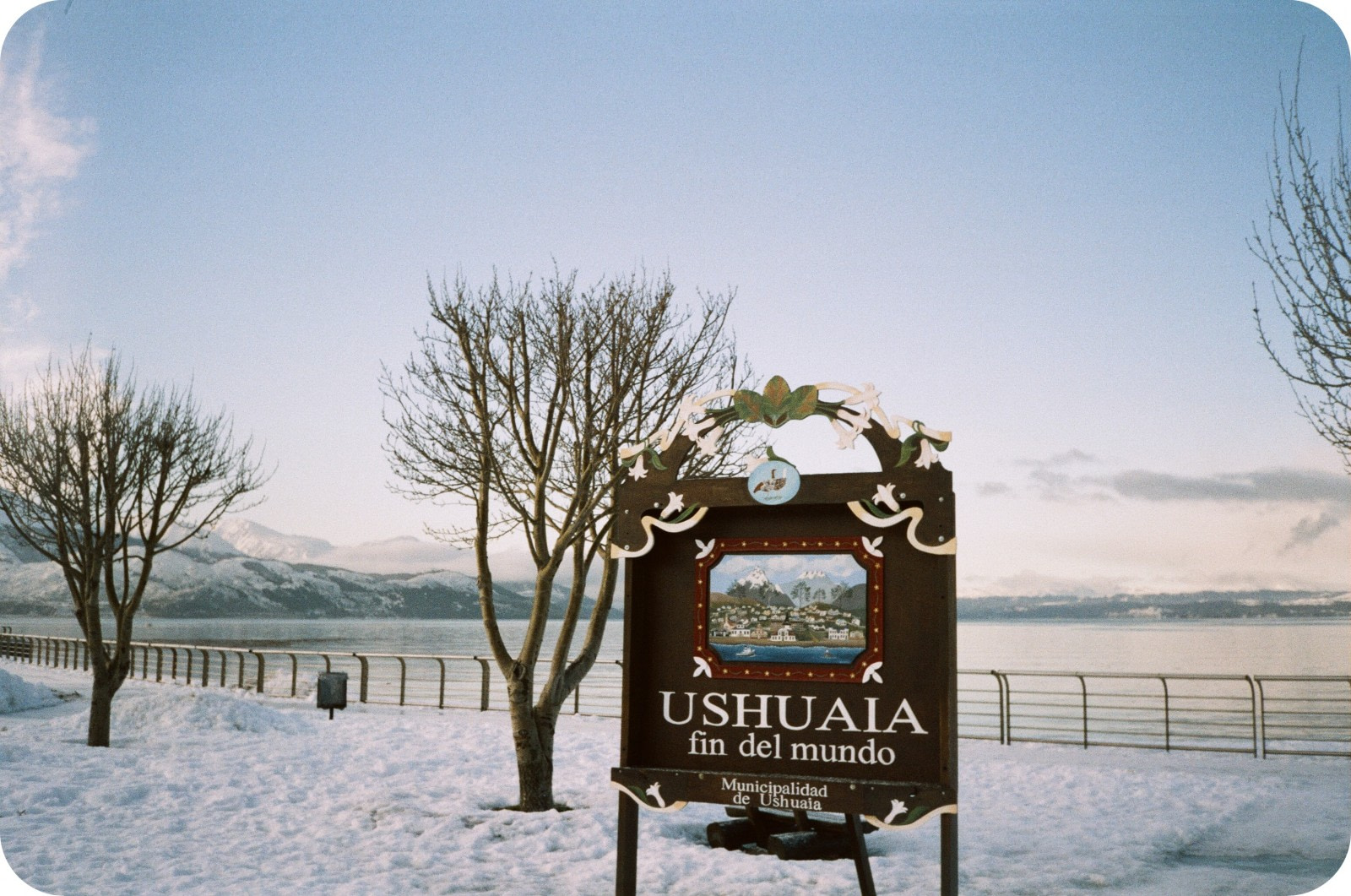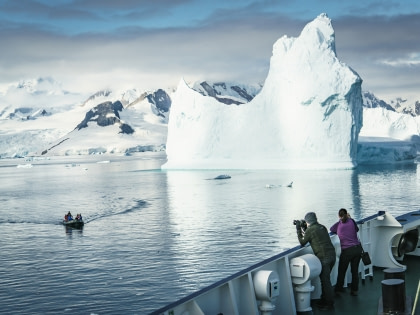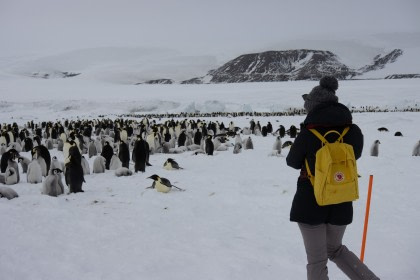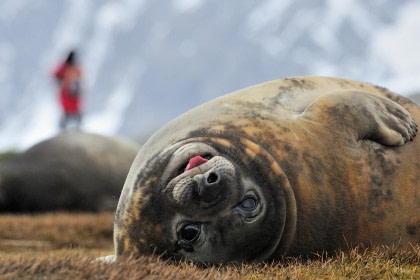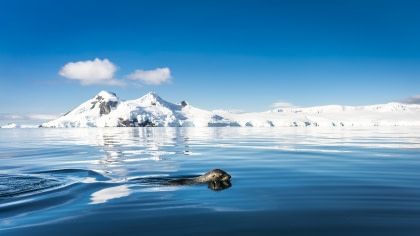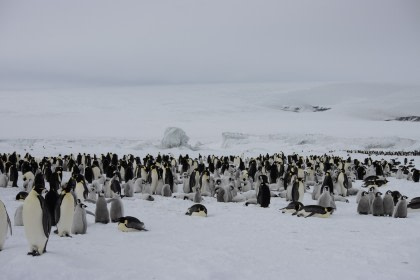Ushuaia: The Little-Known History of Antarctica's Gateway
Welcome to Ushuaia, the port town that serves as the embarkation and disembarkation point for many of our Antarctica cruises. Ushuaia's official birth date is October 12, 1884. On that day, the Argentine Commodore Augusto Lasserre established the sub-division of Ushuaia as part of the South Atlantic Expedition. One year later, Ushuaia was established by decree as capital of the province of Tierra del Fuego.
Every year on October 12, there is a parade and other celebratory events. I took part of that parade a couple of times in my catholic schoolgirl uniform. They made us practice how to march. It was fun. It is a much less known fact that when Commodore Lasserre entered the Ushuaia bay aboard his flagship Paraná, Ushuaia was already a thriving community of over 300 inhabitants.
Fifteen years before Commodore Lasserre's arrival, British Anglican missionary Waite Hockin Stirling settled at Ushuaia bay on what is known now as “La Misión”, with the objective of establishing a Christian village on behalf of the South American Mission Society. He spent some time on his own and was later joined by other missionaries. They took the Yámana name for the place, which accordingly to most reliable sources it means “bay penetrating westward”.
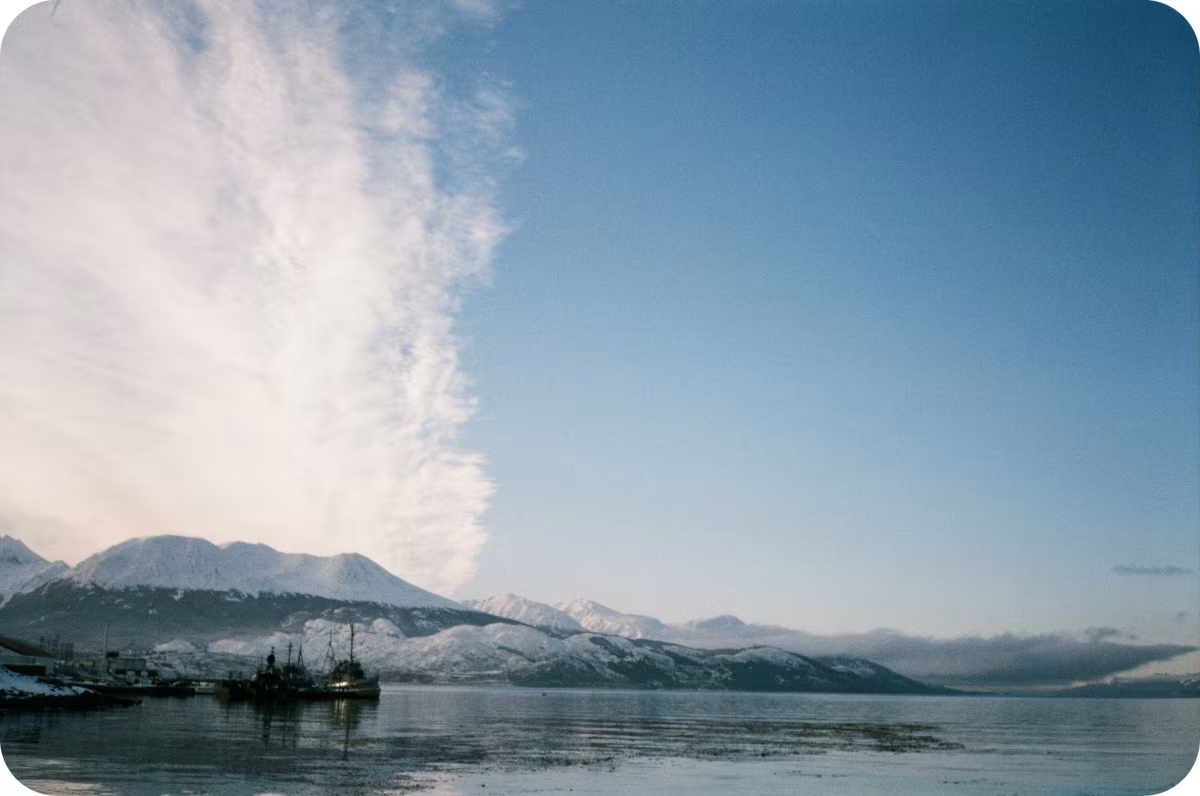
But why did these British missionaries decide to establish their mission at the end of the world? How did they come to know about the Yámana?
Voyages of the HMS Beagle
In 1828 and 1836, Captain Robert FitzRoy lead two British hydrographic expeditions to Southern America. The HMS Beagle took part in both expeditions. Some scholars claim that the Beagle Channel was not discovered by Fitz Roy and his crew, but that it was already known to British and French pirates, who used it as either hiding place or shortcut from or to the Pacific Ocean when escaping the Spanish fleet.
In 1830, on his first expedition, Captain FitzRoy took a group of hostages from the Yámana people after one of his boats was stolen. Their English names were York Minster, Jemmy Button, Fuegia Basket (the only girl) and Boat Memory, who died of smallpox shortly after his arrival to England. Their story is amazing.
Aboard the Beagle on its second expedition, there were scientists from different fields. You may have heard of one of the biologists on board: a young Charles Darwin. His findings on this five-year voyage would lead him to develop his groundbreaking evolutionary theory.
The South American Mission Society
News of these expeditions reached England and generated an interest in “civilizing” the native peoples of Tierra del Fuego. In 1844, Captain Allen Gardiner created the Patagonian Missionary Society (later known as the South American Mission Society); his two attempts were a complete and utter failure. Gardiner and the eight men who landed at Picton Island on 5 December 1850 died of starvation shortly after. He was hailed as a martyr back in England, and donations started to pour in. This allowed the Society to build a schooner, the Allen Gardiner, and establish a settlement first at the Falkland Islands and later at Ushuaia.
The Bridges Family
G.P. Despard was one of the missionaries that settled at the Falklands with his family, including his adopted son Thomas Bridges. Thomas would also become a missionary and together with his wife Mary Ann, he landed at Ushuaia in 1871. Fifteen years later, a father of six, he left the Mission, became an Argentine citizen and was granted by the Argentine Government 50,000 acres of land to the east of Ushuaia, where he and his family established the Estancia Harberton to raise cattle and sheep.
Reverend Bridges worked tirelessly to help the Yámana and Selk'nam peoples survive the rapid changes the Europeans had brought about. His life's work was a dictionary and grammar of the Yámana language. His son Lucas Bridges published in 1948 The Uttermost Part of the Earth, an epic saga I cannot recommend enough for anyone who is interested in the history of the region and in the lives and customs of both the missionaries and the natives.
